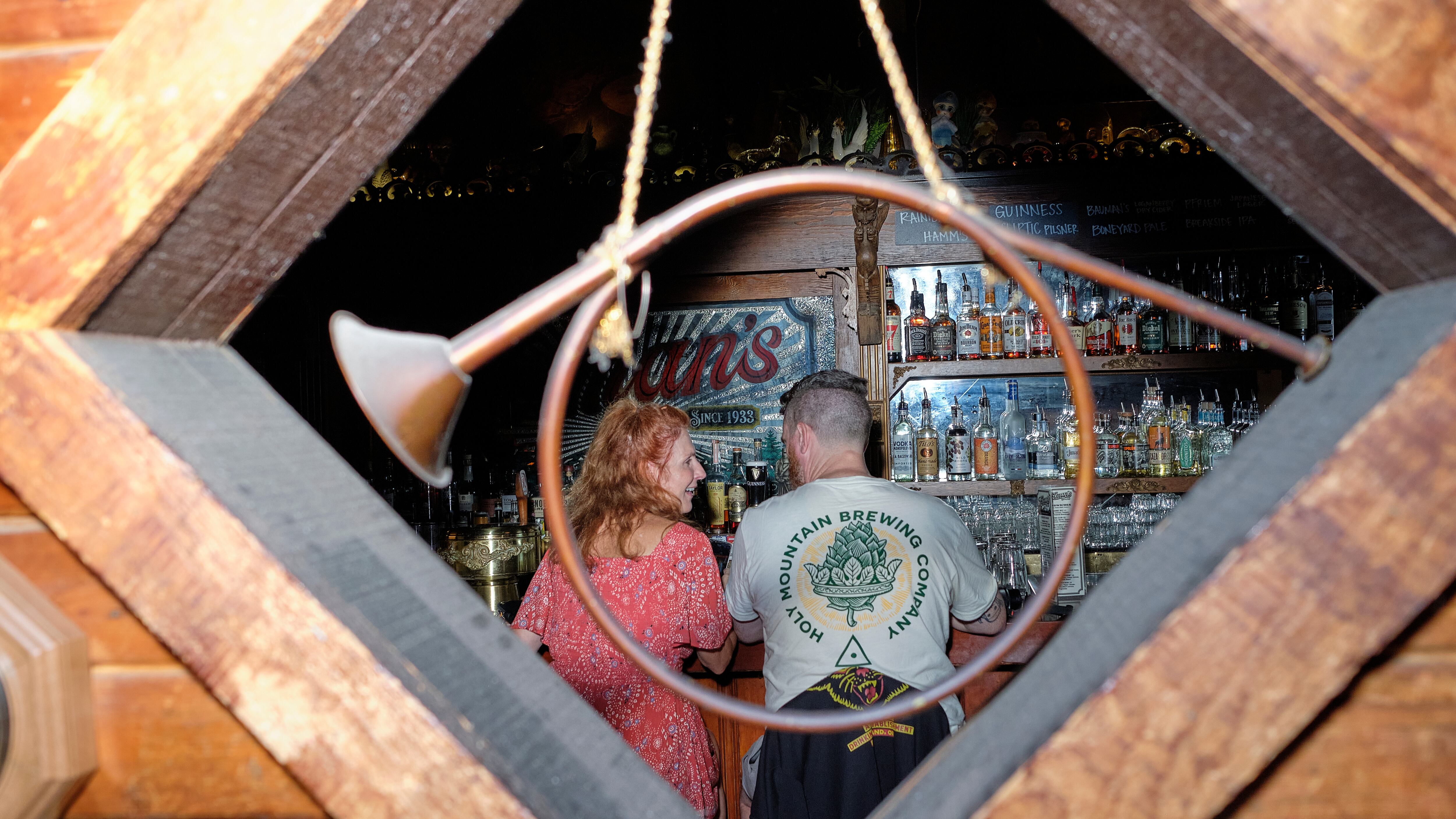I recently sampled a shot of McCormick’s, an extremely inexpensive whiskey. Frankly, it didn’t taste like whiskey at all; it was more like cheap vodka with some imitation butterscotch flavoring and maybe something to make it brown. Are there any rules about what you can and can’t sell under the name “whiskey”? —These Shots Are Fired
I’m shocked that you think I—a pillar of the community whose temperance is rivaled only by his piety—would have any knowledge of such iniquities, Shots. It’s well-known that I eschew carousing in gin mills with loose women in favor of quiet evenings at home, prayerfully contemplating the divine and fondling my psalter.*
Still, one hears things. The good news is that many of the words found on whiskey bottles do denote specific standards of quality. The bad news is that the word “whiskey” isn’t one of them. If our rules on this were as strict as the ones for cheese, your shot would have to be called “processed distilled whiskey drink product.”
Of the designations that do mean something, “bottled in bond” is the closest to a gold standard. It means the whiskey has been barrel aged for at least four years in a federally approved warehouse, it was made by a single distiller all in the same year, it was bottled at 100 proof, and it has no additives.
“Bourbon” has been barrel aged for at least two years, is bottled at 80 (or more) proof, has no additives, and must be 51% corn. “Straight whiskey” is the same, minus the corn requirement. Also, contrary to popular belief, straight whiskey can be blended—though only with whiskeys from the same state.
The next designation, “blended whiskey,” does allow you to mix your whiskey with that from another state—but if goat piss is cheaper, you might as well just use that, since this is where the rules against using additives, flavorings, sweeteners, and other nonwhiskey ingredients fall away. This is the loophole through which abominations like Sinfire and Skrewball (cinnamon and peanut butter “whiskey,” respectively) have invaded our once-peaceful plane of existence.
I daresay it was a representative of this wide-open category that you sampled, Shots. Blended whiskey is required to be just 20% actual (i.e., straight) whiskey—the rest is up to you! Sure, technically most of that remaining 80% should be grain neutral spirits, but hey, as long as you can get the final product up to 80 proof, what’s a little burnt sienna nail polish and a puréed Toffifay between friends?
*…or whatever the kids are calling it these days.
Questions? Send them to dr.know@wweek.com.

